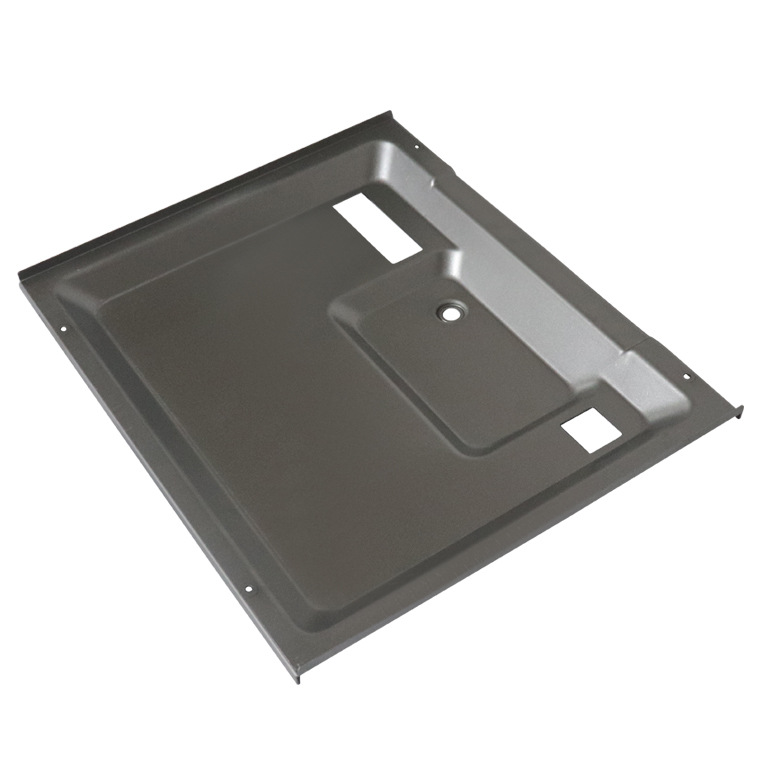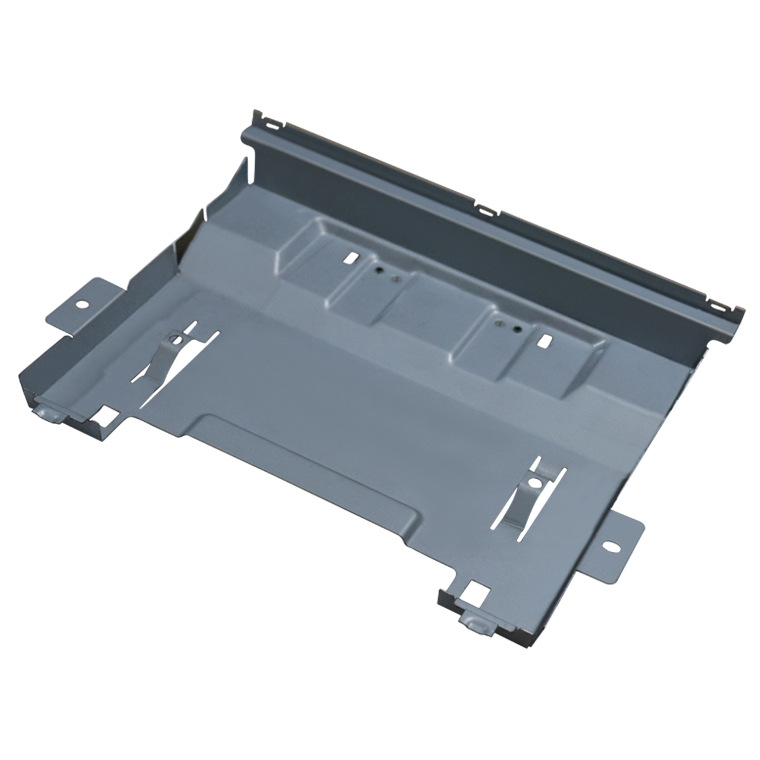Sheet metal fabrication is a comprehensive cold processing process for metal sheets, including shearing, punching/cutting/compounding, folding, welding, riveting, splicing, forming, and so on. In general, the three most important steps in a sheet metal factory are cutting, punching/cutting, and folding.
Modern sheet metal technology includes filament power winding, laser cutting, heavy processing, metal bonding, metal drawing, plasma cutting, precision welding, roll forming, sheet metal bending forming, die forging, water jet cutting, and so on.
Sheet metal fabrication is a comprehensive cold processing process for metal sheets, including shearing, punching/cutting/compounding, folding, welding, riveting, splicing, forming, and so on. In general, the three most important steps in a sheet metal factory are cutting, punching/cutting, and folding.
Modern sheet metal technology includes filament power winding, laser cutting, heavy processing, metal bonding, metal drawing, plasma cutting, precision welding, roll forming, sheet metal bending forming, die forging, water jet cutting, and so on.
In order to meet the requirements of the function and appearance of the product, the design of sheet metal parts should ensure that the stamping process is simple, the stamping die is easy to make, the sheet metal parts are of high quality and the size is stable.
Raw material + cutting material + CNC punching or laser cutting machining hole and cutting Angle + bending forming + welding or pressing + polishing surface treatment spraying = product
It also includes management, warehousing, technology, quality control, and a series of processes. Sheet metal parts processing process and attention to any sheet metal parts have a certain processing process, that is, the so-called process flow.
1. Design and draw the sheet metal parts of the part diagram, the role is to use drawings to express the structure of the sheet metal parts.
2. Draw an expansion diagram, that is, expand a complex part into a flat piece.
3. There are many ways of blanking, mainly the following ways:
A. Cutting machine
Use a shearing machine to cut out the outline length and width of the expansion diagram. If there is punching, cutting Angle, and then turn the press combined with the die punching, cutting Angle forming.
B. Blanking by punch press
The use of a punch press in one or more steps on the plate parts after the expansion of the flat structure into shape. Its advantage is the cost of short hours, high efficiency, and can reduce processing costs, often used in mass production.
C. CNC blanking
NC blanking first to write numerical control processing program. The use of programming software will draw the expansion map written into the CNC machining machine recognizable program. Let it follow these procedures step by step on a piece of iron plate, the structure shape of its flat pieces of punching out.
D. Laser cutting
Using the laser cutting method, the structural shape of the plate is cut out on an iron plate.
4. Flanging tapping
Flanging is also called pumping hole, that is, in a smaller base hole into a slightly larger hole, and then tapping hole. This will increase its strength and prevent sliding teeth. Generally used for sheet metal processing with relatively thin plate thickness. When the plate thickness is larger, such as 2.0, 2.5, and more plate thickness.
5. Punch processing
General punching machine processing has punching cutting Angle, punching blanking, punching convex hull, tearing, pumping, and other processing methods, in order to achieve the purpose of processing. Its processing needs to have the corresponding mold to complete the operation. Punching a convex hull has a convex die, punching tear forming die, and so on.
6. Pressure riveting
Pressure riveting is often used to pressure riveting studs, pressure riveting nuts, pressure riveting screws, etc., the pressure riveting method is generally completed through a punch or hydraulic pressure riveting machine operation, riveting to the sheet metal parts.
7. Bending
Bending is the folding of 2D flat pieces into 3D parts. Its processing needs to have a folding bed and the corresponding bending mold to complete the operation. It also has a certain bending order, the principle is that the next cut does not interfere with the first fold, and will interfere with the back fold.
8. Welding
Welding is a plurality of parts together, to achieve the purpose of processing or a single part edge seam welding, in order to increase its strength. Its processing side generally has CO2 gas shielded welding, argon arc welding, spot welding, robot welding, etc. The selection of these welding methods is based on the actual requirements and materials.
9. Surface treatment
Surface treatment is generally phosphating skin film, electroplating colorful zinc, chromate, paint, oxidation, and so on. Phosphating skin film is generally used for cold-rolled plates and electrolytic plates, its role is mainly in the material table on a layer of protective film, preventing oxidation; Again is to enhance the adhesion of its paint.
10. Assembly
The so-called assembly is to put a number of parts or components together in a certain way so that it becomes a complete material. Assembly is the last step in the completion of a material. If the material can not be used because of scratch and collision, it needs to be reworked, which will waste a lot of processing hours and increase the cost of materials. Therefore, special attention should be paid to the protection of materials and parts.
Bergek has a professional production team, with more than years of precision product production experience as the standard for employees, strong production team strength is enough to deal with the customized processing of various precision metal products and the optimization of the difficult production process.








Copyright © 2022 SHENZHEN BERGEK TECHNOLOGY CO., LTD. - www.bergekcnc.com All Rights Reserved.